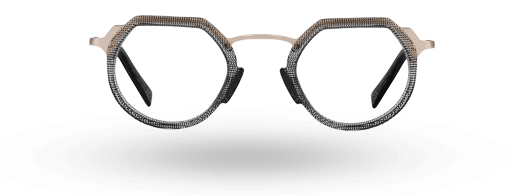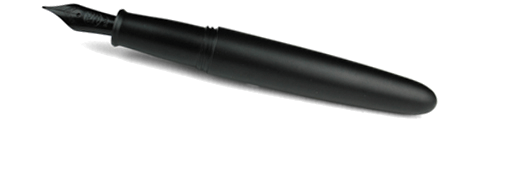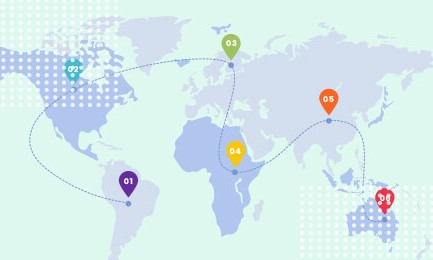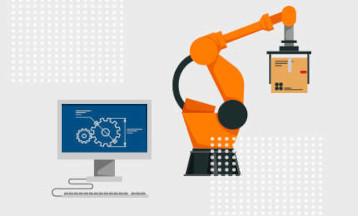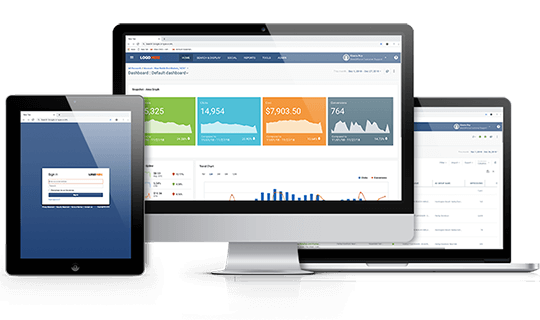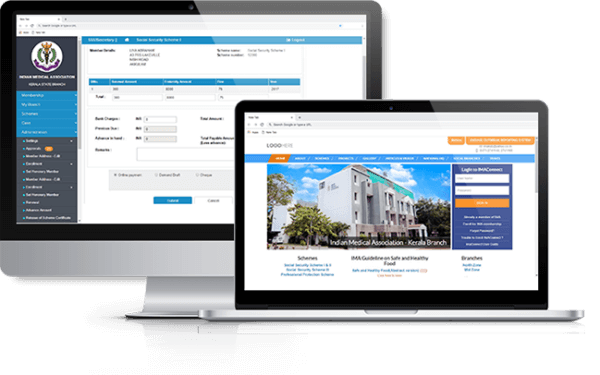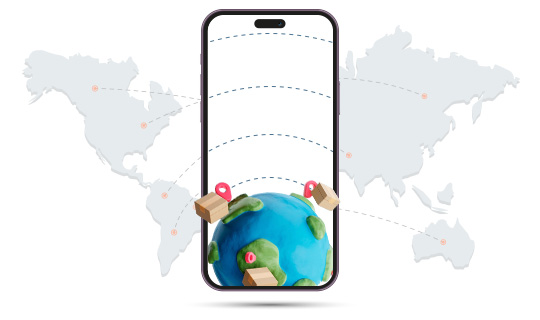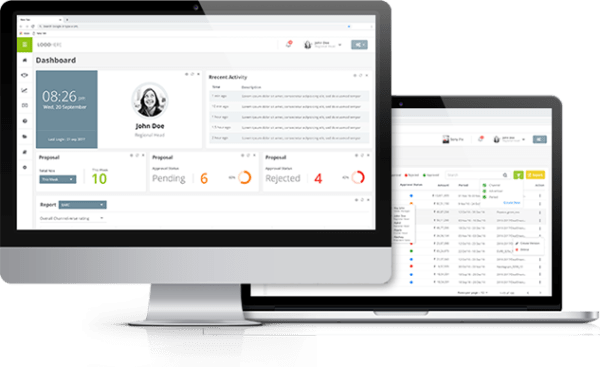Opportunities and Growth Trend
In 2013 the World Healthcare Organization, forecasted a global healthcare worker shortage to reach 12 million by 2035.
Leaders in healthcare industry are already in their path to digitally transforming and automating the processes to achieve higher productivity, accuracy and increased performance.
Robotic Process Automation In Healthcare Market size was valued at USD 1.13 Billion in 2020 and is projected to reach USD 1.83 Billion by 2028 according to a report by Verified Market Research®.
Types of RPA (Robotic Process Automation)
- Rule Based RPA
- Knowledge based RPA (also known as cognitive RPA)
Rule-based automation refers to a system that applies human-made rules to store, sort and manipulate data. Rule-based systems need a set of facts or sources of data and a set of rules for manipulating. We sometimes refer this rule to as an ‘If-else statement’ because it has to follow instructions.
Knowledge Base model in Robotic Process Automation is a machine learning model that uses structured data. Knowledge Base models integrate with Chatbots and IVRs and can apply to any automation that returns the best solution to a given use-case.
What are the business benefits of RPA in Healthcare?
Robotic process automation streamlines workflows in hospitals and pharma to make operations more seamless, flexible, and responsive. It creates a ripple effect of satisfaction among employees and productivity by removing mundane tasks from their workdays.
RPA is non-invasive and can be rapidly implemented to accelerate digital transformation. Other benefits include:
- Major Cost Savings
- Respond to Workload Peaks
- Higher Accuracy
- Improved Healthcare Compliance
- Boosted Productivity
- Focus on Strategic Activities
- Employee Satisfaction
How RPA medical solutions work?
- Technology stack Robotic process automation relies on such programming languages and frameworks as Python, .Net, and Java, as well as relational databases and front-end technologies like JavaScript.
- Business logic Before RPA is deployed, a skilled business analyst contemplates a healthcare organization’s workflows and collects stakeholder input. Based on this information, tedious and time consuming processes and automation opportunities are identified. In the next step, process developers document and program rules and event-triggered instructions for RPA bots.
- Components RPA healthcare solutions are multi-layered systems that feature recorders, extensions, bots, a robot control unit, and a development studio. A robot control unit serves as an admin panel for setting up, executing, and managing intelligent software modules.
With RPA solutions, medical facilities can implement processes without increasing labor costs, which account for 60% of hospital operating expenses.
Application of RPA in Healthcare
RPA healthcare tools improve knowledge sharing and collaboration between departments involved in medical care delivery, such as:
- Claims Management
- Clinical Documentation
- Billing and Compliance Management
- Appointment Scheduling
- Workflow Management
Experts advise the implementation of RPA with a thorough exploratory path/exercise before going to the first phase of automation. There will be millions of unstructured data in the form of handwritten notes, PDF files, medical images, sensor readings gathered from connected equipment, etc. It is alarming that 30 to 35% of RPA projects have hit multiple road-blocks and fails.
Considering the complexity of the initial process, it is advised that knowledge owners, department heads and management should have multiple meetings with the business analysts. Schedule a call with ZineMind’s RPA expert today to identify your challenges in digital transformational journey of your hospital and clinics.
Email: info@zinemind.com

